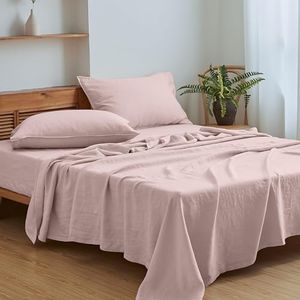We Use CookiesWe use cookies to enhance the security, performance,
functionality and for analytical and promotional activities. By continuing to browse this site you
are agreeing to our privacy policy
10 Best Cool Sheets
From leading brands and best sellers available on the web.Buying Guide for the Best Cool Sheets
Selecting the right cool sheets can significantly improve your sleep quality, especially if you tend to get hot at night. Cool sheets are designed to enhance airflow, wick away moisture, and help regulate your body temperature, making nights more comfortable. To find the perfect cool sheets for your needs, it's important to understand the different features and specifications that contribute to their cooling effect and overall comfort.MaterialThe material of the sheets is one of the most important factors in determining how cool and comfortable they will be. Common cooling materials include cotton, linen, bamboo, and microfiber. Cotton sheets, especially those made from percale weave, are breathable and crisp, making them great for cooling. Linen is airy and has natural moisture-wicking abilities, though it can feel rough at first. Bamboo sheets are soft, naturally moisture-wicking, and hypoallergenic, while microfiber can vary in breathability. When choosing the right material, think about how sensitive your skin is, your personal texture preference, and whether you tend to sweat a lot during the night.
Weave TypeThe way the fabric is woven affects its airflow and feel. Percale and sateen are two common types. Percale weave creates a matte, crisp finish and is known for its breathability, making it ideal for hot sleepers. Sateen has a smoother, silkier finish and can feel warmer. If you prioritize maximum coolness, look for sheets labeled as percale or with an open weave structure. If you also want a bit of a silky feel, you might try sateen, but keep in mind it may be less cool.
Thread CountThread count reflects how many threads are woven into one square inch of fabric. A moderate thread count, typically between 200-400, is generally best for cooling sheets as higher thread counts can restrict airflow and feel warmer. Very high thread counts might be marketed as more luxurious, but for coolness, it’s often better to stick with mid-range values. If you sleep hot, stay on the lower end of this range; if you want a balance of softness and breathability, go toward the upper end.
Moisture-Wicking AbilityMoisture-wicking describes how efficiently a fabric pulls moisture away from your skin and dries quickly. This is very important if you sweat a lot during sleep. Fabrics like bamboo, linen, or specialized performance blends excel at moisture-wicking. Check for product descriptions or reviews that confirm the fabric’s ability to keep you dry, and pay attention to natural versus synthetic fibers if you have sensitivity.
Fit and DepthThe fit of your sheets, especially the depth of the fitted sheet, determines if they'll stay snug on your mattress. Pillow-top or deeper mattresses may require deep-pocket sheets, while thinner mattresses can use standard depths. Having the right fit ensures you don’t get bunching or pulling that can disturb your sleep. Measure your mattress height and compare it to the sheet specifications to make sure you’re picking the right one for your setup.
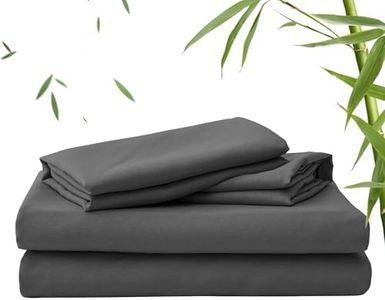


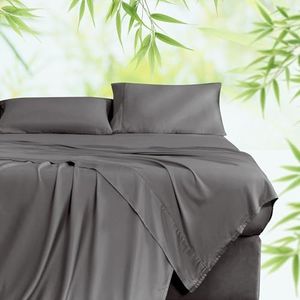
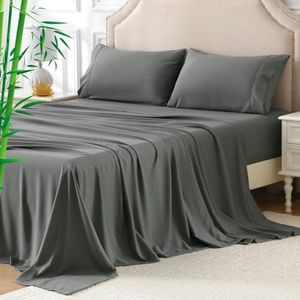
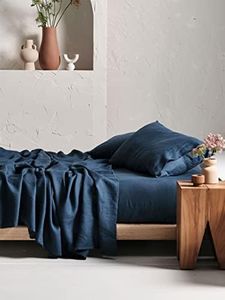
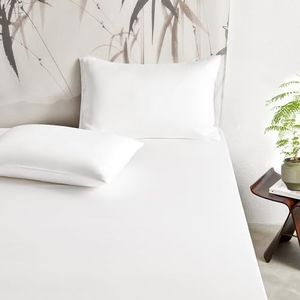
![Bella Coterie Luxury Queen Bamboo Sheet Set | Organically Grown | Ultra Soft | Cooling for Hot Sleepers | 18" Deep Pocket [Sea Glass]](https://images-proxy.bestreviews.guide/j01ZeFRt9CCKgSP6tF7u5px963Y=/0x300/https://m.media-amazon.com/images/I/41D7ulh-RYL._AC_CX679_.jpg)






